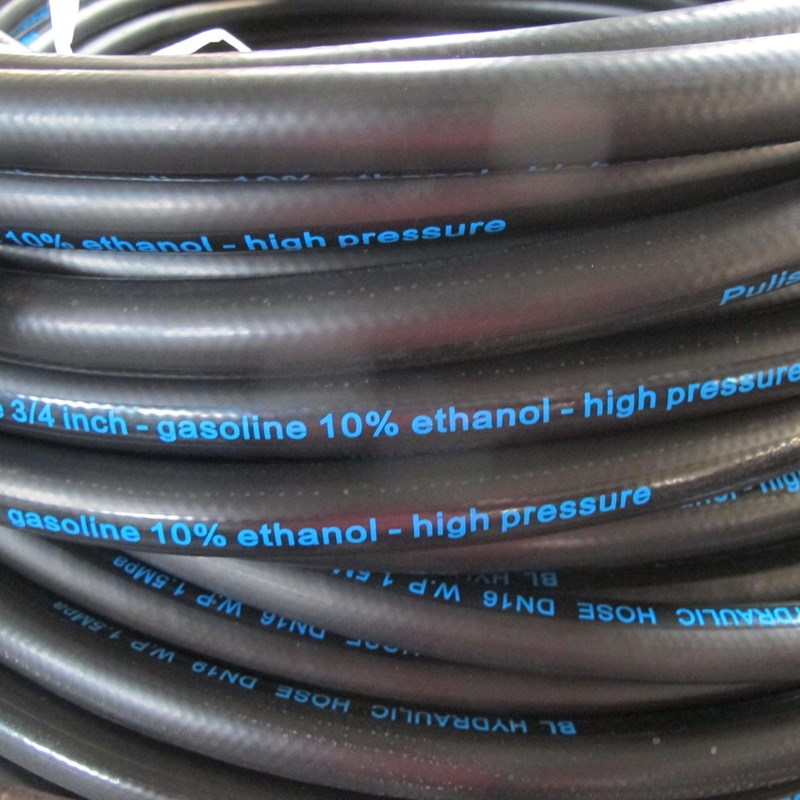335345435
gru . 09, 2024 23:16 Back to list
Types and Suppliers of Hydraulic Hose Fittings for Industrial Applications
Understanding Hydraulic Hose Fittings Types and Suppliers
Hydraulic hose fittings are essential components in hydraulic systems, providing secure connections and ensuring fluid transfer without leaks. These fittings come in various types, each suited to different applications and environments. Understanding the different types of hydraulic hose fittings can help users select the right components for their specific needs, leading to more efficient and effective operations.
Types of Hydraulic Hose Fittings
1. JIC (Joint Industrial Council) Fittings JIC fittings feature a 37-degree flare and are commonly used in high-pressure applications. They provide a tight seal, making them ideal for hydraulic systems. JIC fittings are compatible with a range of hoses and are known for their durability and resistance to leaks.
2. NPT (National Pipe Thread) Fittings NPT fittings utilize a tapered thread design, which creates a seal through the tightening of the threads. These fittings are often used in low-pressure applications and can be found in pneumatic as well as hydraulic systems. However, care must be taken to ensure the threads are adequately sealed, as improper installation can lead to leaks.
3. ORB (O-Ring Boss) Fittings ORB fittings feature flat faces and an O-ring on the male fitting, providing excellent sealing capabilities. They are often used in hydraulic systems where a leak-free connection is paramount. ORB fittings are designed for high-pressure applications and are less likely to loosen due to vibration compared to other fitting types.
4. Swivel Fittings Swivel fittings allow for rotation and flexibility, making them beneficial in applications where hoses might be subjected to bending or twisting. These fittings can reduce stress on the hose and prolong the life of both the hose and fitting. Swivel fittings often come in various thread configurations, making them versatile for different hydraulic systems.
5. Barbed Fittings Often used in low-pressure applications, barbed fittings have ridges that help hold the hose securely in place. These fittings are frequently utilized in applications involving fluids, such as water or oil, but they may not be suitable for high-pressure hydraulic systems where leakage is a concern.
6. Cam and Groove Fittings Commonly used for connecting hoses, cam and groove fittings allow for quick connections and disconnections, making them advantageous in applications where hoses need to be frequently changed or moved. They consist of male and female components that securely latch together.
hydraulic hose fittings types suppliers

Choosing the Right Supplier
When it comes to sourcing hydraulic hose fittings, choosing a reliable supplier is critical to ensure quality and compatibility with your hydraulic system. Below are some key factors to consider when selecting a supplier
1. Product Range A good supplier should offer a comprehensive range of hydraulic hose fittings, catering to various needs. They should be able to provide fittings compatible with different hose types and sizes.
2. Quality Assurance Look for suppliers that follow stringent quality control standards. It’s essential to ensure that the fittings you purchase are durable and meet industry specifications.
3. Expertise and Support Suppliers with industry experience can provide valuable insights and recommendations. They should offer technical support to help you choose the right fittings for your application.
4. Pricing and Availability Compare pricing among various suppliers, but remember that the cheapest option may not always be the best. Consider suppliers that maintain inventory levels to ensure quick turnaround times for your orders.
5. Customer Reviews and Reputation Research supplier reviews and ask for recommendations to gauge their reputation in the market. A trustworthy supplier will have a track record of reliability and customer satisfaction.
Conclusion
Hydraulic hose fittings are crucial for the proper functioning of hydraulic systems. With various types available, it’s important to understand the characteristics and applications of each fitting to make informed choices. Partnering with a reliable supplier can further enhance operational efficiency by providing quality products and support. Whether you are in agriculture, construction, or any other industry relying on hydraulic machinery, selecting the right hydraulic hose fittings and a reputable supplier is key to maintaining system performance and reliability.
-
SAE 100 R17 Black Smooth Cover Hydraulic Hose
NewsMar.07,2025
-
SAE 100 R17 Black Smooth Cover Hydraulic Hose
NewsMar.07,2025
-
SAE 100 R17 Black Smooth Cover Hydraulic Hose
NewsMar.07,2025
-
SAE 100 R17 Black Smooth Cover Hydraulic Hose
NewsMar.07,2025
-
SAE 100 R17 Black Smooth Cover Hydraulic Hose
NewsMar.07,2025
-
steel wire braided hydraulic hose
NewsMar.07,2025



